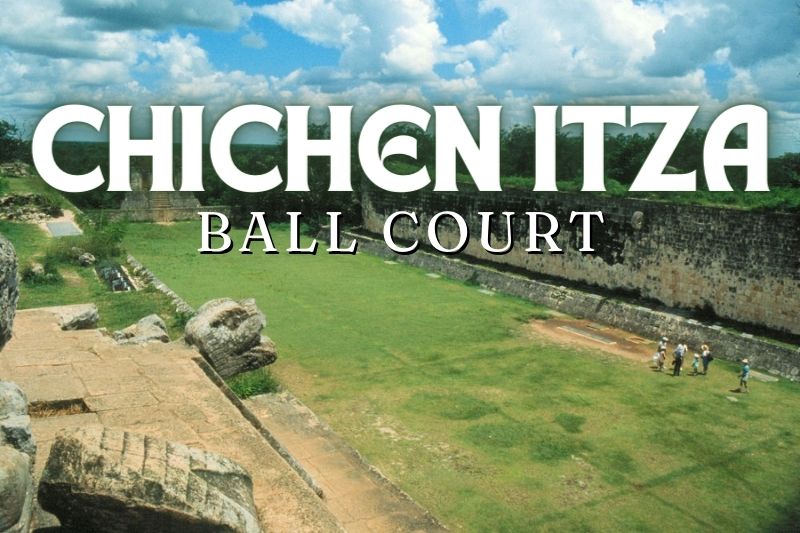When you think of Chichen Itza, one of the first images that probably comes to mind is the iconic pyramid of El Castillo. But there’s another fascinating structure that deserves just as much attention: the Great Ball Court.
This isn’t just any ball court; it’s the largest and most impressive in the entire Maya world. So, what was the purpose of this grand structure? Buckle up, because we’re diving into the world of ancient Maya civilization to find out!
Social Interaction & Community Gathering
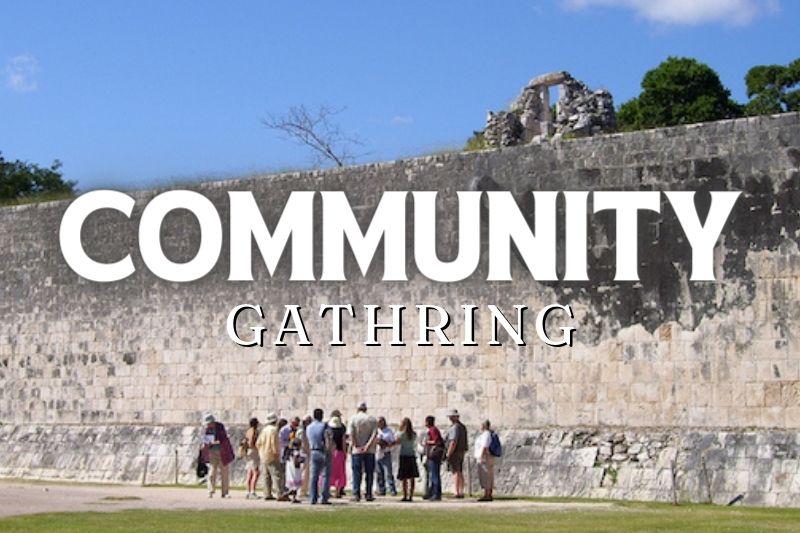
Imagine living in ancient times, where Netflix and chill wasn’t an option. Instead, you’d probably head over to the Great Ball Court to catch a game of Pok-ta-Pok.
This court was the place to be, a hub for social interaction where people from all walks of life gathered to watch the spectacle. The games were communal events that fostered a sense of togetherness and allowed everyone to share in the excitement and drama of the competition.
Athletic Competitions & Skill Display
Pok-ta-Pok wasn’t just any game. This ancient sport was a true test of physical endurance and skill. Players had to keep a hefty rubber ball in play using only their hips, legs, and sometimes forearms.
No hands allowed! The sheer athleticism required for this game was incredible, making it a significant event for showcasing the best and strongest athletes of the time.
Political Significance & Diplomacy
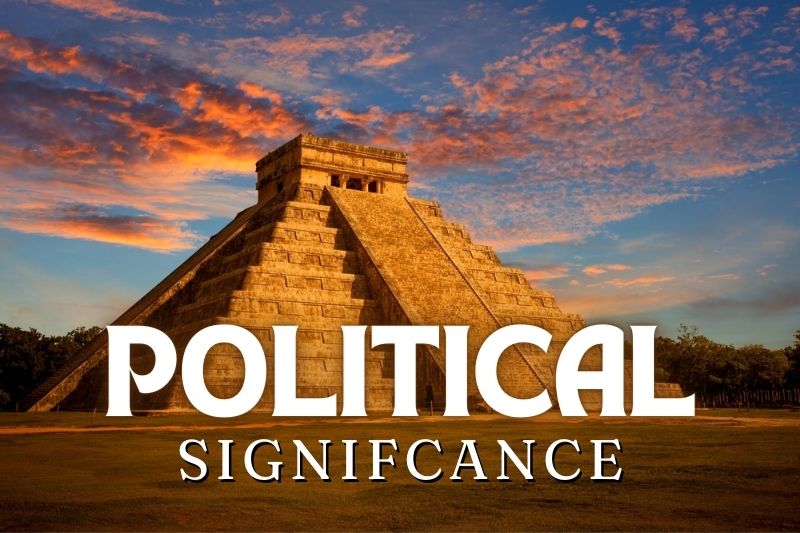
Now, the ball games weren’t just for fun and games. They had serious political implications too. Rival city-states or factions within Chichen Itza would often use these games to settle disputes.
The outcomes could influence alliances and power dynamics, making the ball court a stage for high-stakes political drama. Think of it as a combination of a gladiator arena and a UN assembly!
Religion & Mythology
The Maya didn’t just play for sport; the games were deeply embedded in their religious and mythological beliefs. The ball game symbolized the eternal struggle between the gods of life and death.
By reenacting these cosmic battles, the Maya believed they were maintaining the balance of the universe. The Hero Twins, central figures in Maya mythology, were said to have defeated the lords of the underworld in a ball game, making every match a sacred ritual.
Ritualistic & Ceremonial Functions
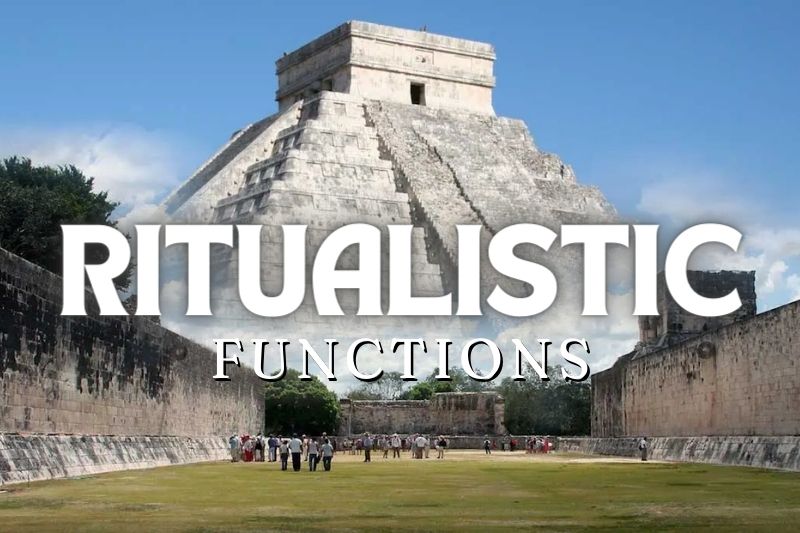
The games at the Great Ball Court were accompanied by elaborate ceremonies and rituals. Offerings were made to the gods, and rituals were performed to ensure their favor.
The ball court was more than just a sports arena; it was a sacred space where the Maya connected with the divine and sought to maintain cosmic order.
Sacrificial Ceremonies
Here’s where things get a bit grim. Human sacrifice was sometimes part of the ball game’s conclusion. There are theories suggesting that the losing team—or in some cases, the winning team—would be sacrificed to appease the gods.
This practice highlighted the religious significance of the game, as such sacrifices were believed to ensure agricultural fertility and balance in the cosmos.
Symbol of Power and Prestige
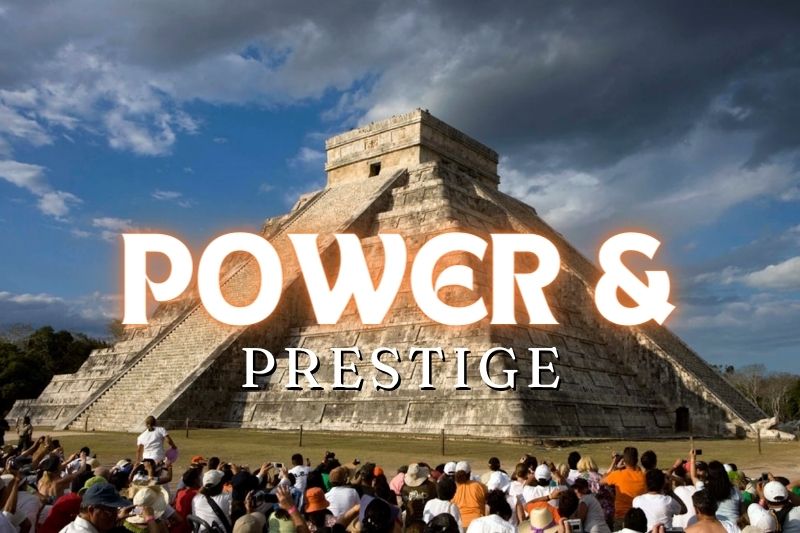
Finally, the Great Ball Court was a symbol of power and prestige. Its sheer size and grandeur reflected the wealth and importance of Chichen Itza.
Constructing and maintaining such an impressive structure was a statement of architectural and organizational prowess, showcasing the city’s ability to host significant cultural events and reaffirming its status as a major center of Maya civilization.

